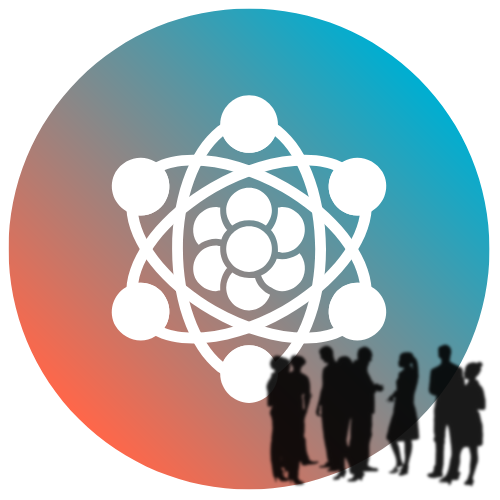In today’s rapidly evolving communications landscape, VoIP (Voice over Internet Protocol) is no longer a fringe option for businesses — it’s increasingly the default. Companies of all sizes are cutting traditional copper lines and embracing IP-based telephony to better align with digital workflows, handle remote teams, and scale more nimbly. But it’s not just about replacing phones: it’s about rethinking how voice, data, and collaboration converge. This article explores the key drivers behind VoIP adoption, the trade-offs businesses should mind, and what the next few years may hold.
What’s fueling the shift?
1. Cost savings
One of the most immediate incentives for businesses is cost reduction. Moving to VoIP often lowers long-distance and international calling costs, reduces maintenance on legacy PBX hardware, and consolidates voice and data networks. Some sources suggest companies can save 50 % to 70 % by switching from analog systems to VoIP. RingCentral Plus, there’s less capital tied up in physical infrastructure over time.
2. Scalability & flexibility
With cloud-based VoIP, adding or removing users is simpler — no rewiring, no new hardware installs in many cases. Remote or hybrid teams benefit, since employees can connect from anywhere with an internet link. Business News Daily+1 And as your business grows or contracts, your voice system can flex with you.
3. Feature richness & integration
Beyond mere calling, modern VoIP systems bring features like unified communications, presence, voicemail-to-email, video integration, analytics, and CRM integrations. Businesses want more than voice — they want conversation data, routing logic, and automation built in. Many VoIP vendors compete now on these higher-value capabilities. Acefone+2Carolina Digital Phone+2
4. Remote work acceleration and cloud adoption
The rise of remote/hybrid work and continual investment in cloud infrastructure have pushed VoIP upward in the priority list. As companies shift more of their stack to cloud native, keeping voice on premises feels out of step. Carolina Digital Phone+2AT&T Business+2
What to watch out for (risks & trade-offs)
Switching to VoIP isn’t frictionless. Some challenges businesses should plan around:
• Bandwidth and network quality
Voice is latency-sensitive. If your internet connection or network topology is weak (high jitter, packet loss), call quality will suffer. Part of migration must include network assessments and perhaps quality of service (QoS) controls. TechnologyAdvice+2Vonage+2
• Security & fraud risks
VoIP being IP means it inherits the security challenges of any networked system. Threats include eavesdropping, SIP attacks, toll fraud, caller ID spoofing, and denial of service. Robust encryption, proper firewalling, session border controllers, and vigilant monitoring are essential. CloudTalk+4TechnologyAdvice+4Vonage+4
Also, caller ID spoofing is a big headache — protocols like STIR/SHAKEN are being adopted to help validate identities in SIP calls, and this plays into trust and regulatory compliance. Wikipedia
• Vendor lock-in & interoperability
Some VoIP systems (especially proprietary ones) may make it harder to plug in third-party services or move providers later. Open standards (SIP, RTP) help, but compatibility testing is still crucial.
• Migration complexity and change management
Shifting from legacy systems to IP systems involves training, reconfiguring processes, migrating numbers, and dealing with exceptions (e.g. fax lines, alarm systems). In some cases, hybrid systems persist for a while.
What the near future looks like
If you’re thinking ahead, here are trends and capabilities that seem poised to shape VoIP for business customers:
- AI & analytics embedded in voice services — routing, transcription, sentiment analysis, predictive agent assistance. AT&T Business+2Carolina Digital Phone+2
- Greater convergence with contact center functionality — VoIP is bleeding into full omnichannel customer engagement systems. Acefone+1
- Mobile VoIP + softphones becoming seamless defaults — your “office phone” is wherever your phone or app is. Carolina Digital Phone+1
- Stricter regulatory and security standards — as voice becomes data, compliance regimes will tighten, especially for sensitive industries.
- Edge voice services, local breakout, and 5G integration — reducing latency by placing voice servers closer to users, leveraging optimized paths.
Why this matters to your business customers
If you’re building or selling VoIP (or adjacent services), these points aren’t abstract — they’re your battleground. Your customers want:
- Predictability: clear ROI, transparent pricing models
- Trust: security, continuity, SLA guarantees
- Differentiated features: especially around AI, data, reporting
- Seamless migration paths: minimize disruption
Framing your product or service in their language means speaking to outcomes: lower cost per call, ease of scaling, resilience under network stress, and future-readiness so they won’t feel stuck in 2 years.

